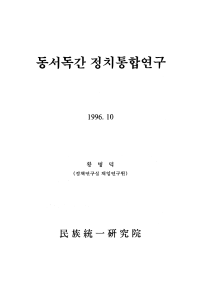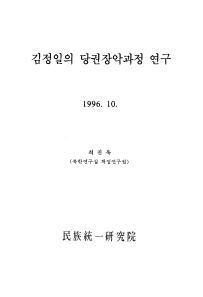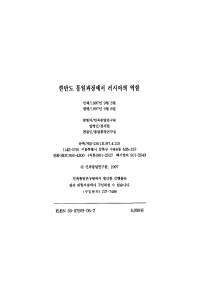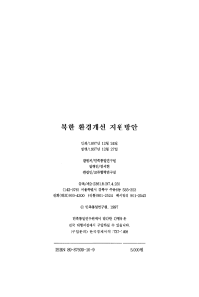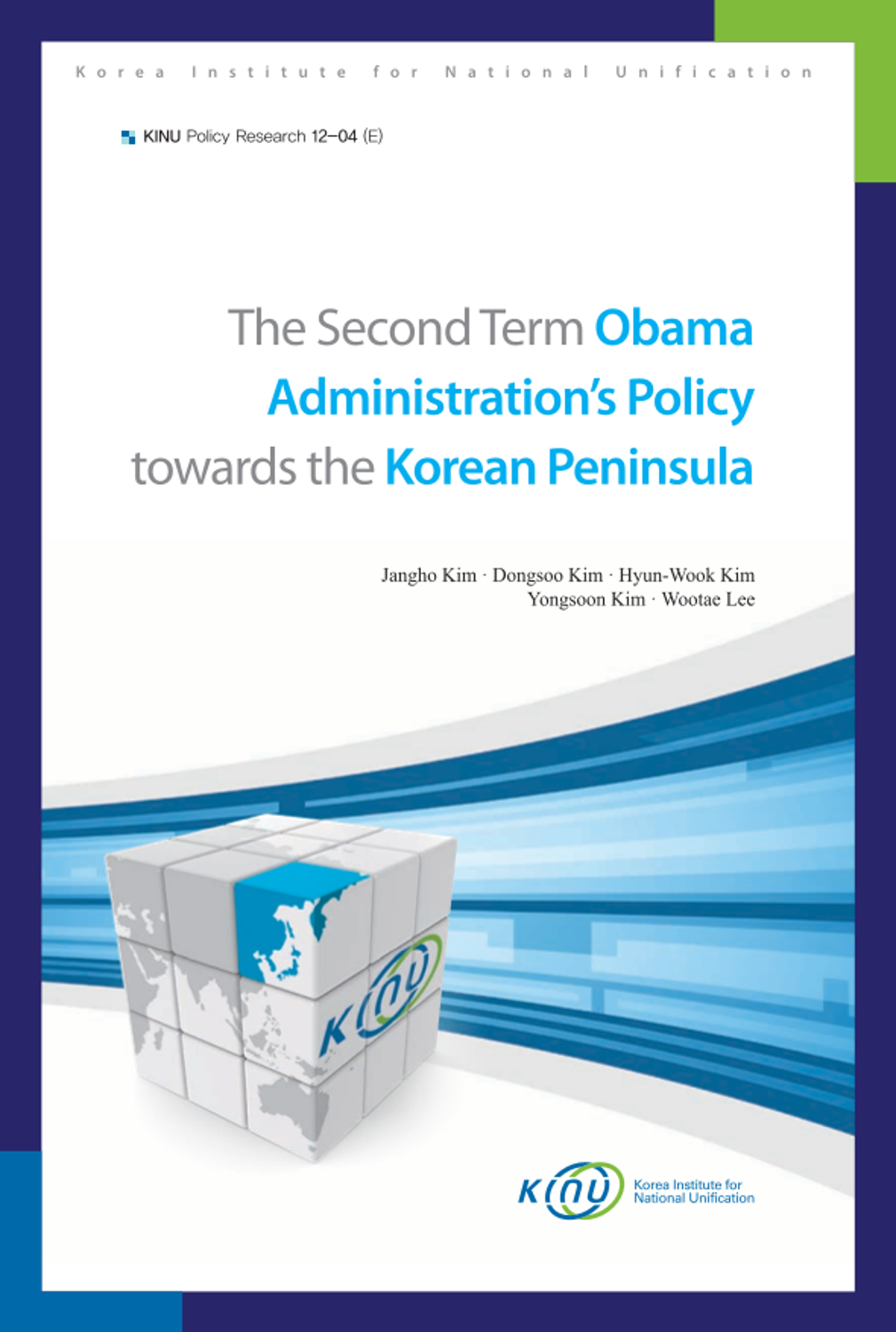
연구원발간물Policy Research 2012-04
The Second Term Obama Administration's Policy towards the Korean Peninsula
- 발행사항
- Seoul : Korea Institute for National Unification, 2012
- 형태사항
- 93 p. ; 23 cm
- 총서사항
- Policy Research
- ISBN
- 9788984797055
- 청구기호
- 000 PR12-04
소장정보
| 위치 | 등록번호 | 청구기호 / 출력 | 상태 | 반납예정일 |
|---|---|---|---|---|
이용 가능 (2) | ||||
| 1자료실 | G0014610 | 대출가능 | - | |
| 1자료실 | G0014611 | 대출가능 | - | |
이용 가능 (2)
- 등록번호
- G0014610
- 상태/반납예정일
- 대출가능
- -
- 위치/청구기호(출력)
- 1자료실
- 등록번호
- G0014611
- 상태/반납예정일
- 대출가능
- -
- 위치/청구기호(출력)
- 1자료실
책 소개
This study aims to examine the diverse factors and environmental changes that may influence the second term Obama administration’s foreign policy towards Northeast Asia, and suggest policy options for the new administration of South Korea in response to the prospective United States policy. Two contrasting prospects are competing for the second term Obama administrations’ foreign policy towards Northeast Asia, especially North Korea. One view, which can be called the pessimistic view, is that continuity rather than change will prevail for the next four years. Obama administration’s policy towards North Korea during the first term is characterized by ‘strategic patience,’ which suggests that the United States waits for North Korea to display sincere efforts for denuclearization and to come back to the negotiating table. This strategy also implies that under the right conditions, the United States will pursue a comprehensive package deal including normalization of relations with the United States and economic aid in return for North Korea’s complete denuclearization, but will not move first. The pessimistic view holds that the same or similar policy with ‘strategic patience’ will prevail for the next four years under Obama’s leadership.
The other perspective is that change instead of continuity will be the key to the new Obama administration during his second term. This optimistic view is that Obama will adopt a more flexible and cooperative policy against North Korea, which focuses on negotiation and dialogues whether they are bi-lateral or multi-lateral. This perspective is based upon the negative evaluation of the ‘strategic patience’ strategy that it was unsuccessful in dealing with the North The Second Term Obama Administration’s Policy towards the Korean Peninsula Korea nuclear issue. In addition, this perspective also claims that environmental changes surrounding American foreign policy forces changes to more engagement oriented policy.
The new Obama administration’s policy towards the Korean peninsula should be understood within the grand framework of the United States’ over all policy towards East Asia including China. This study envisions that in the second term Obama administration, the policy towards Northeast Asia, especially China, will sustain two prolonged approach, cooperation and competition, on the basis of the rebalancing strategy toward Asia. Given that Asia is a critical area for the United States in terms of economy, military, and political interests, the Obama administration’s rebalancing strategy toward Asia can be understood as its national strategy for its long-term maintenance of hegemony in the region targeting primarily China.
The second term Obama administration’s policy towards North Korea is a more complex issue, and therefore, not surprisingly, there are contrasting views, as previously mentioned on this issue. Indeed both the optimistic view and the pessimistic view commonly suggest that the new Obama administration will utilize some kind of combination of the coercive policy represented by strategic patience and engagement policy characterized by negotiation and dialogue. Their real difference lies in their different emphasis. Considering diverse environmental factors, the second term Obama administration is likely to pursue more engagement-oriented policy than its first term. However, the new Obama administration will also reveal that the key to the real solution for the gridlock is up to the will and attitude of North Korea.
목차
Abstracti
Ⅰ. Introduction
Ⅱ. The Second Term Obama Administration’s Foreign Policy
1. Obama Administration’s Foreign Policy
2. Obama Administration’s East Asia Policy: Pivot to Asia
Ⅲ. The Sino-American Relationship and U.S. Foreign Policy
1. First Term Obama Administration’s Policy towards China
2. Economic Interdependence between the United States and China·
3. Military Competition between the United States and China
4. Conclusion
Ⅳ. The Second Term Obama Administration’s Policy towards the Korean Peninsula and the U.S.-ROK Alliance
1. Prospects and Tasks of the U.S.-ROK Alliance
2. U.S.-ROK Alliance and China
3. Conclusion
Ⅴ. Policy towards North Korea: Continuity or Change
1. The First Term Obama Administration’s Policy towards North Korea
2. Foreign Policy toward the North in the Second Term Obama Administration
3. South Korea-United States Cooperation on North Korean Issues
4. Conclusion
Ⅵ. Conclusion

